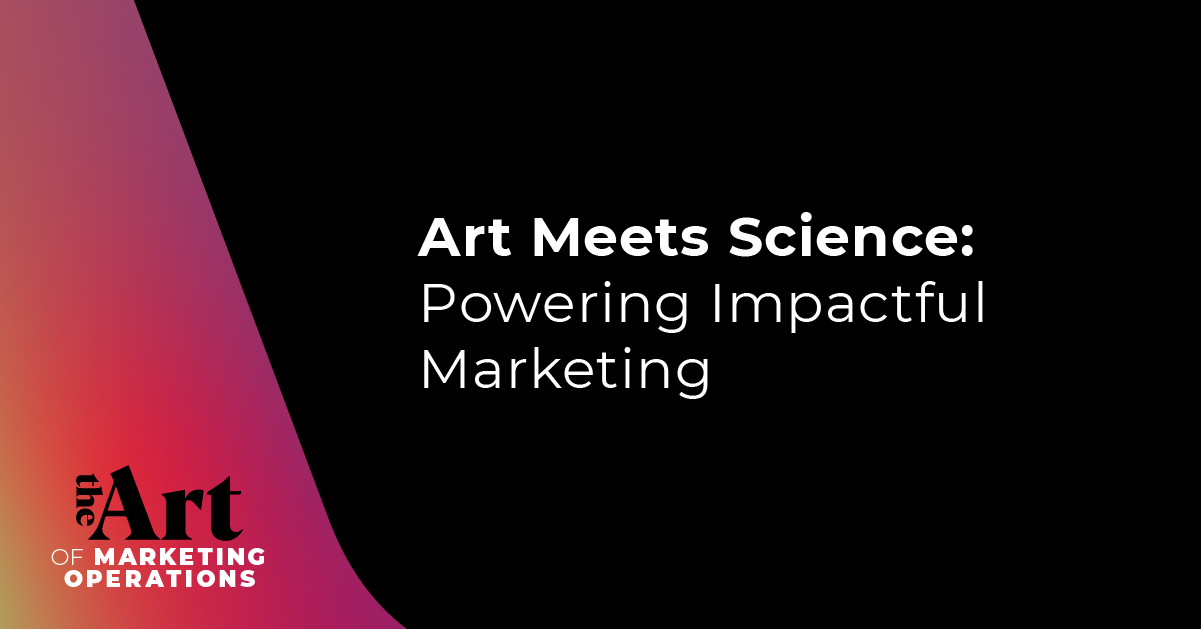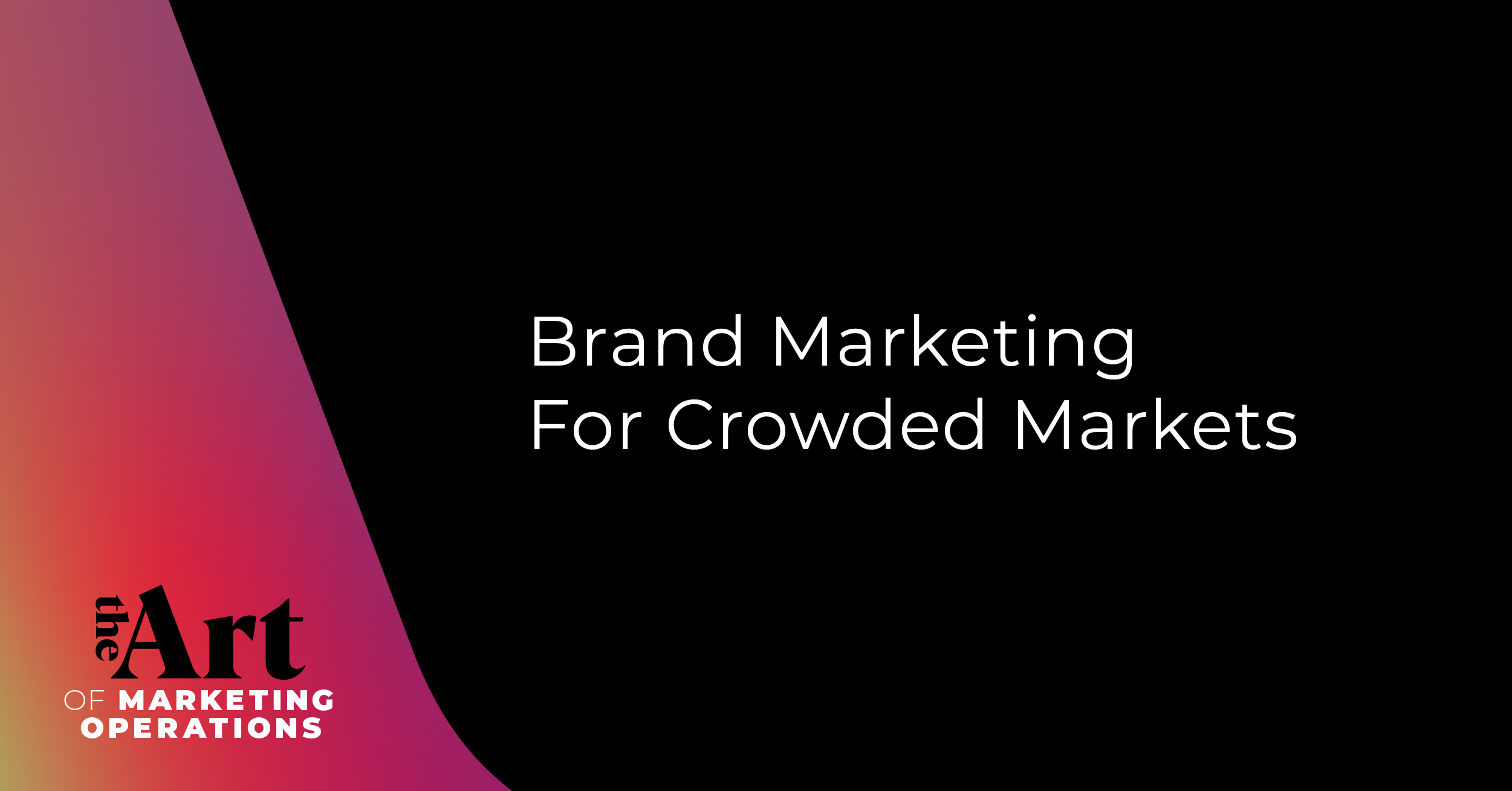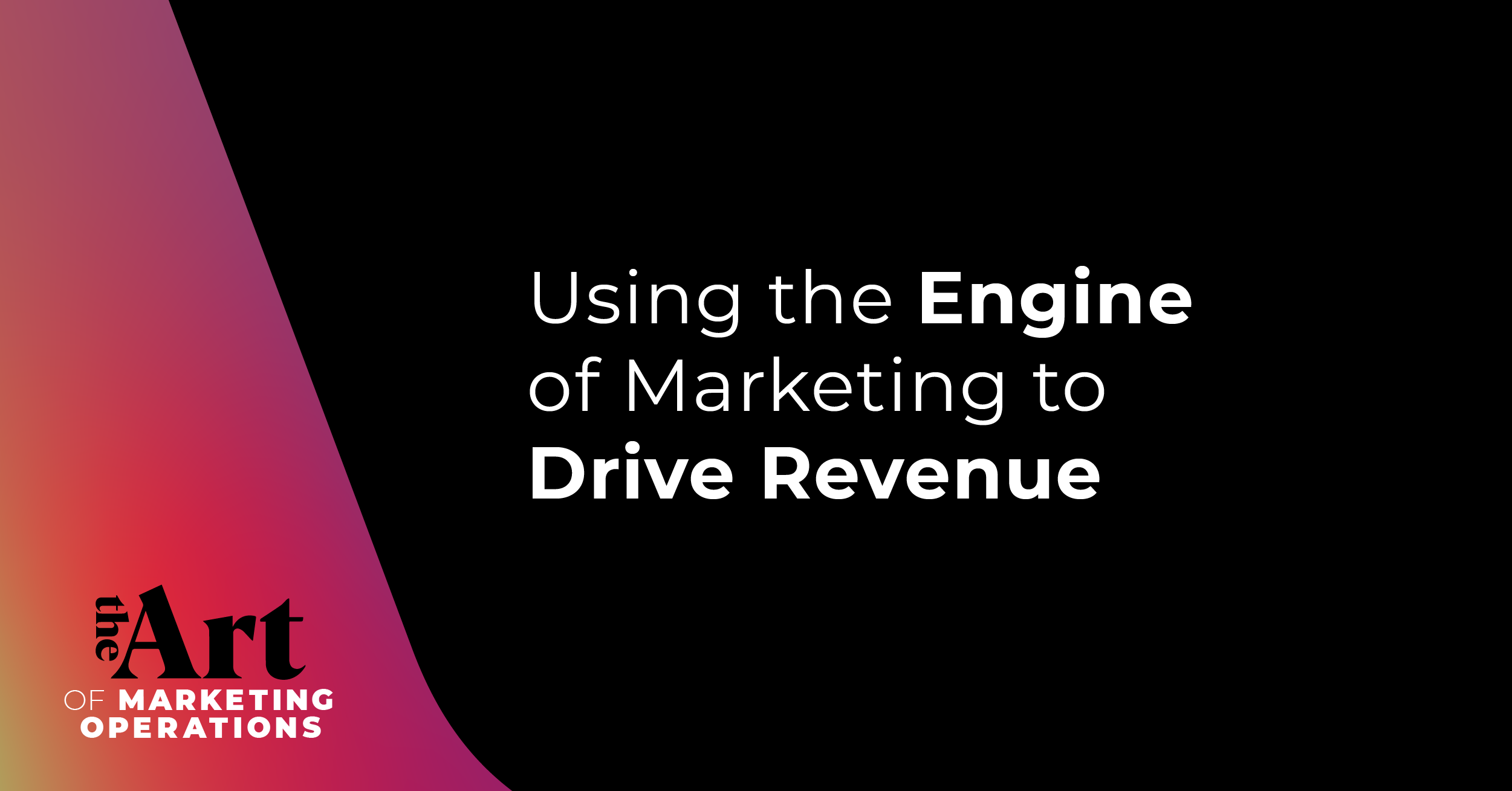Building a star-studded marketing strategy without fundamentally understanding your customer? Impossible. Getting to know your target demographic at a core level? The fastest, easiest way to get there.
In fact, says Eric Townley, Chief Marketing Officer at Flamingo Theory, this should be step one for every marketing strategy – something so deeply ingrained into the culture that it is second nature. From there, retaining genuine human elements, such as physical marketing, is as important as building a top-tier digital campaign. Eric covers several crucial points in building the best marketing strategy and mindset.
Join us as we discuss:
- Understanding strategy as a key to market success
- Knowing your customer and tailoring to the buyer
- Integrating physical marketing with digital for a cohesive, seamless customer experience
Why strategy should be your marketing cornerstone
In the world of marketing, strategy isn’t something that should wait until the last minute – and it’s certainly not something that should be skipped over in favor of getting to the “fun stuff,” says Eric. Strategy is the point around which every other facet of a marketing plan should revolve because.
“Strategy is the cornerstone of everything you’re going to do, from marketing to business decisions,” he says. “Pretty much anything you touch after the strategy phase is going to circle back to that at some point.”
The essential components of a quality marketing strategy are, according to Eric:
- Understanding your customer
- Knowing your competitors
- Reverse-engineering marketing tactics that work
There’s no guarantee any one part of this strategy will move the needle on marketing, Eric says, but all of those elements together? That’s where the magic happens.
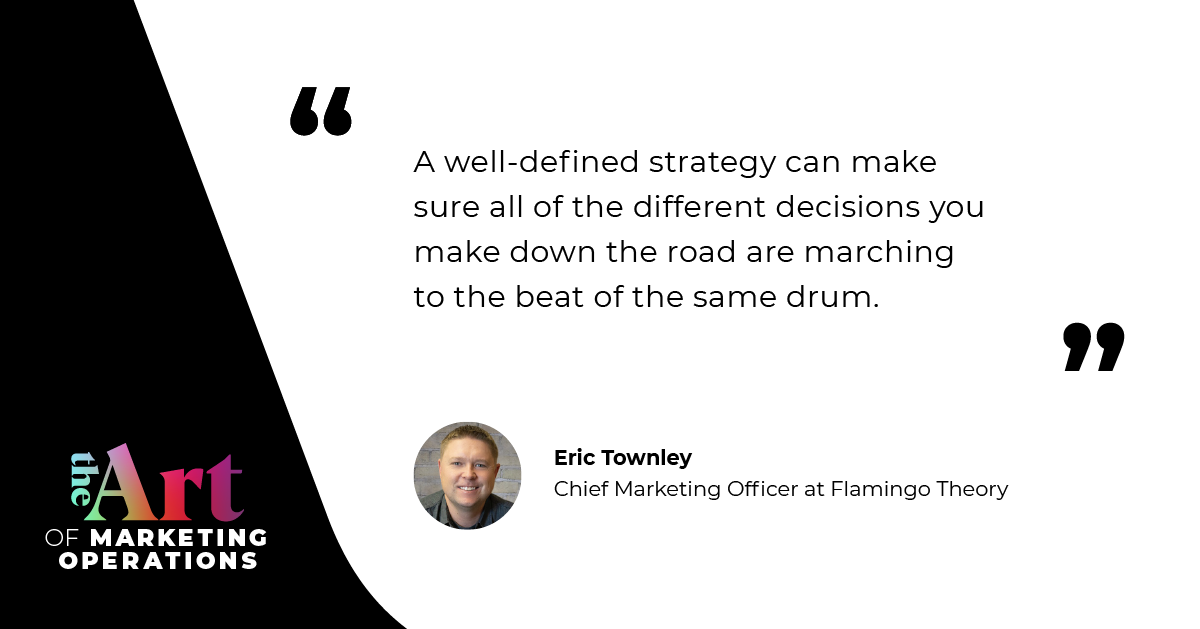
How to know your customer – and tailor your strategy accordingly
The reason insight gathering is a key part of building any sustainable marketing strategy is simple, says Eric: thinking critically about your customer and what they need to be marketed to successfully turns on the light and gives you clarity of purpose.
“A good strategy feels like a ‘no duh!’ moment a lot of the time,” he says. “As you look at what’s important to your customers, what the competition is doing, and what your company stands for, that light bulb will go on.”
Marrying what your competitors are doing with what your customers want to see is often the key to a quality marketing strategy and a successful execution after the fact. But that doesn’t mean the buck stops there; without constantly referring to the marketing strategy, tweaking it to match new customer-centric findings, and ensuring that you’re keeping all that data top of mind, there’s no point in doing the work at all, says Eric.
“Having a good strategy doesn’t mean anything if you don’t continuously use it and refer to it,” he says. “Communicating early and often about the directions you’re exploring and the strategy you might implement is essential, and that documentation is how you do that.”
Ultimately, a marketing strategy is only as good as the people that implement it – and the creativity with which this is done can make all the difference.
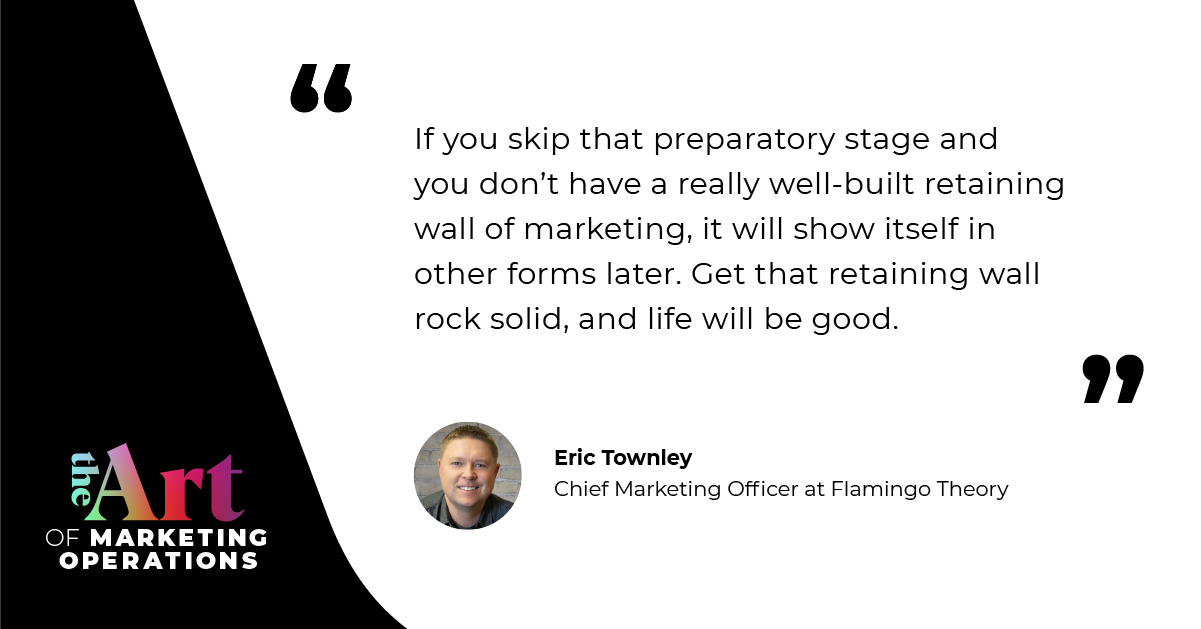
Understanding how physical and digital marketing both have a place
For some, it might feel like physical marketing assets have gone the way of the dodo. For others, the market might feel too saturated for a digital focus. That’s precisely why Eric says marketers and strategists should focus on a mix of the two.
“The old adage is that it takes eight impressions before someone will take action based on your ad,” he says. “If you get an extra few impressions from having some sort of physical presence outside of your digital ads, that can only help.”
Eric has seen the effectiveness of this firsthand via everything from postcard retargeting – taking a Facebook display ad and repurposing it into a postcard to send website visitors – to campaign segmentation that helps get some kind of physical marketing asset into the hands of certain audience members. It works because customers feel thought of and remembered – and they, in turn, remember the business and product.
“The physical marketing piece of it is a constant reminder that your brand exists, and if you do have that physical presence, then you have all these other impressions you can take advantage of,” says Eric. “It’s a great example of the power of physical marketing and the power of digital.”
Want to learn more about marrying digital and physical marketing assets and the solid foundation of a great marketing strategy? Listen on Spotify, Apple Music, or wherever you find your podcasts.





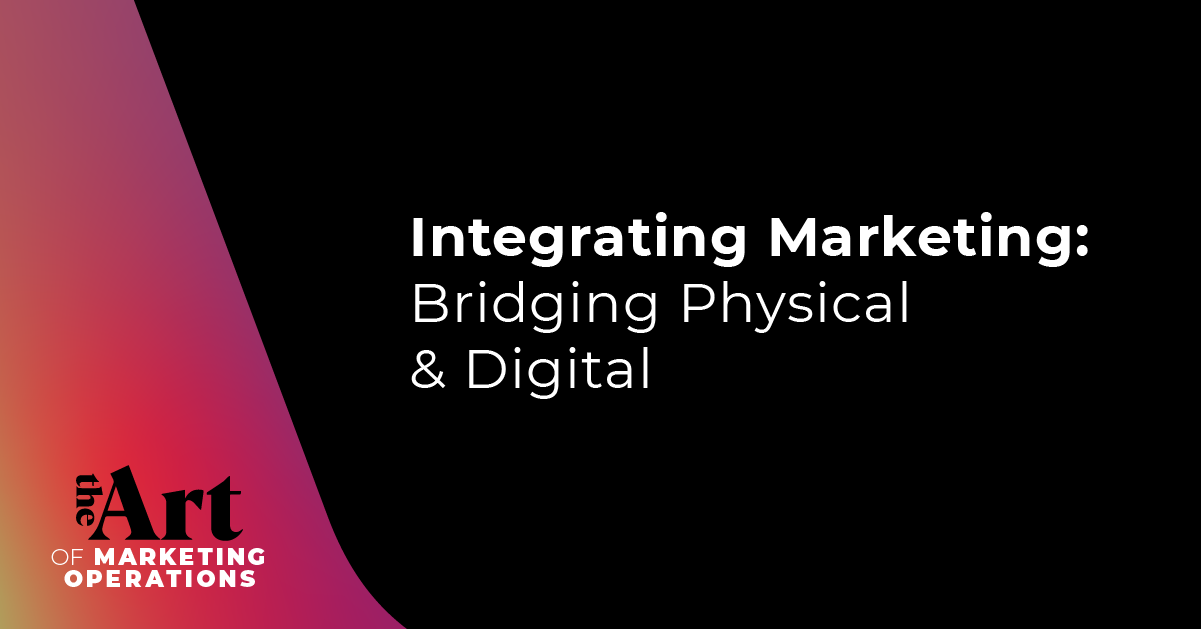
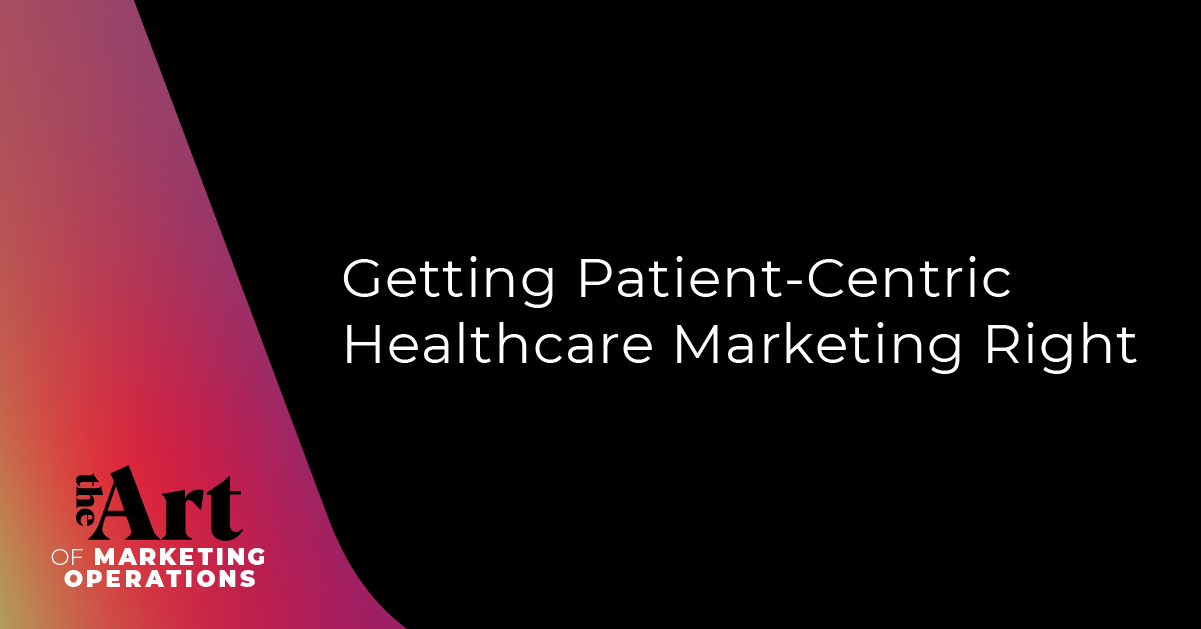
.png)
